Southern Cultures
A rich stew of cultures, the South is defined, shaped, and continually transformed by native and global food traditions. Influenced by indigenous peoples and histories of migrations (both forced and voluntary), it is grits and fried okra, but it’s also funche de coco and yakamein. Von Diaz, writer, radio producer, and cookbook author lays claim to two distinct places–the Deep South and the Caribbean. She grew up Latina in the suburbs of Atlanta, away from a Latino community but largely influenced by the Puerto Rican women in her life; her culinary identity was shaped by the South she came to know by both living in it, and living away from it. Her inaugural cookbook, Coconuts & Collards traverses her food life and its dualities. It’s a memoir that explores her roots through the foods that comforted her. Here, Diaz shares the experiences that shaped her identity and the places that bring her Southern comfort.
It seems the South has changed for you many times over. What were your earliest perceptions?
The South for me is much like Puerto Rico, a complicated place to be from. When I was young I only saw the things I didn’t like: ignorance, intolerance, and an utter lack of culture (at least in the suburbs).
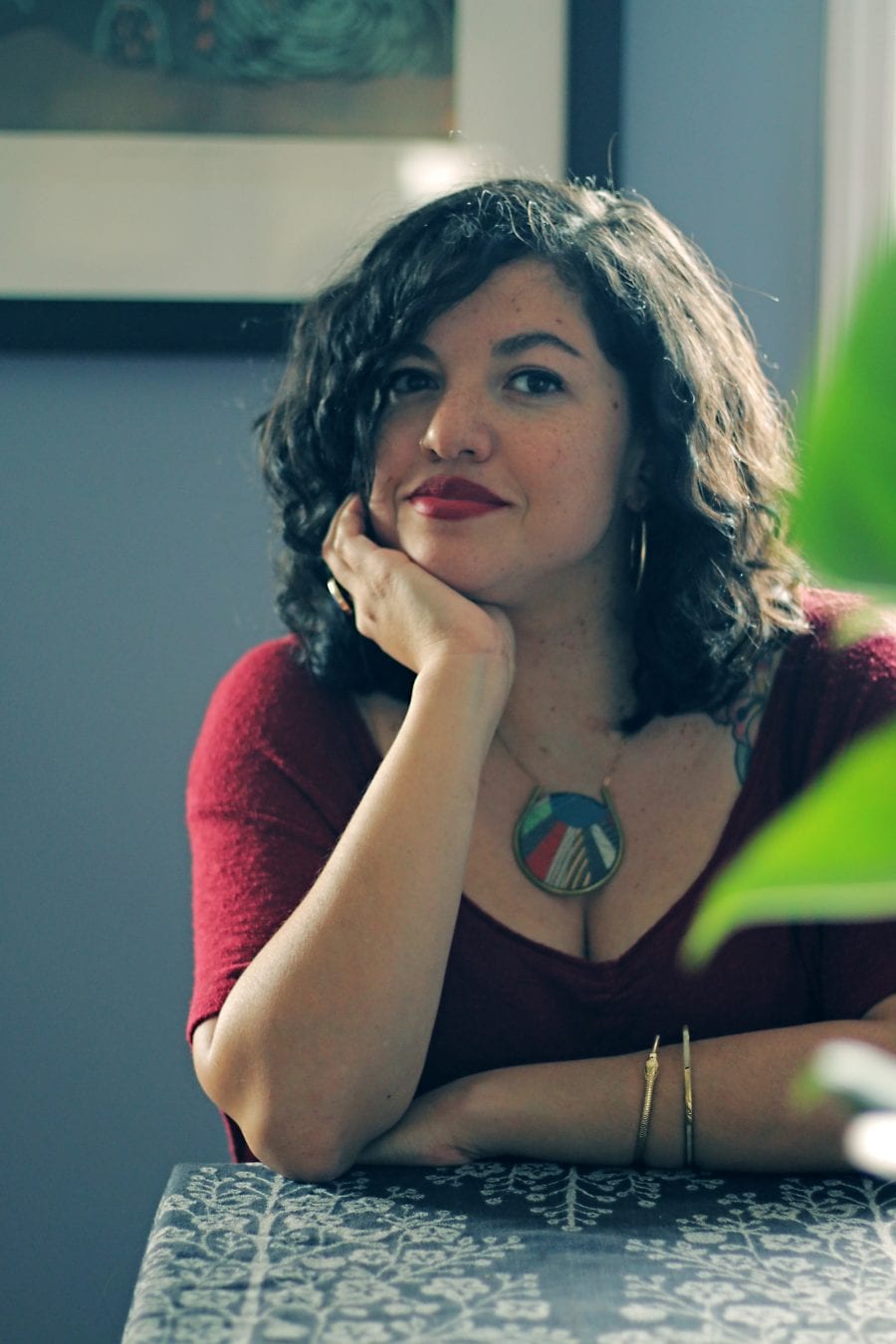
And when did your perception change?
I think that happened in a couple of different moments. I am a military kid. I moved around Georgia a lot, but I graduated high school in the Netherlands. The Netherlands is a beautiful country, and as a result of Dutch colonial actions there are a lot of really interesting immigrant communities. They have a large Surinamese population, a large Turkish community, a large Indonesian community, a large Chinese community, folks from across the Arab world, Europeans from different parts of the world and then of course, Dutch folks. That, for me, was the first place I began to solidify an identity as a result of being in a completely different place.
When did you feel like you really claimed the South?
My deep kinship with the South came when I left. I moved to Oakland, California, after college and became the equivalent of patriotic because I felt that the attitudes people had about the South were so inaccurate. I became so nostalgic that I appreciated the beautiful landscapes, the kindness and hospitality, and the uniqueness of local, regional cuisines. Defending my Southern roots—particularly when folks made negative comments—made me look closely at the pride points: the legacy of the civil rights movement and its leaders, the explosion of hip hop music, and the way Southern food is among the few truly original American cuisines.
You’ve lived in New York for almost ten years now. How has that shaped you?
New York was the first place I lived where I was around Puerto Rican people all the time. Again, I felt a real kinship to my home. I found that I missed the South a lot, so when I would meet people from the South in New York, I was overjoyed. I’m grateful I’ve had the opportunity to travel and live in a lot of different places. That experience has defined the joy I feel about the South and my interest in exploring other people’s attitudes about the South.
What do you appreciate about the South today?
I appreciate now how Southern food is deeply indebted to techniques and ingredients cultivated by black and brown folks, and reflects histories of migrations and the abundance of fertile land. I think those of us who are proud to be Southern want the region to be known that way—instead of as a hopeless backwater.
Von Diaz’s Expert Picks
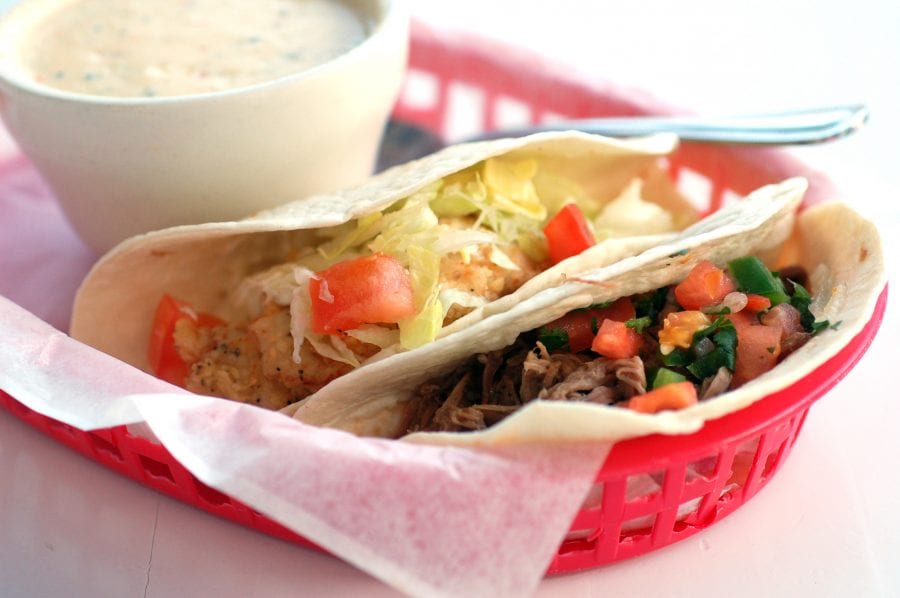
Taqueria del Sol | Decatur, Georgia
For more than a decade now, Taqueria del Sol has been the number one restaurant I recommend to folks visiting Atlanta. I never could figure out what was so addictive about it, until I read its chef, Eddie Hernandez’s book, Turnip Greens & Tortillas. In it, I learned that he’s a kindred spirit who effortlessly blends Southern-ness with the flavors of his native Mexico, and rejects notions that his food is merely fusion.
La Santaneca | Springdale, Arkansas
I encountered this little Salvadoran spot while reporting on the explosion of Latino communities in Northwest Arkansas. They make a caldo de pollo, or chicken soup, that has a silky clear broth with potatoes, cilantro, and chicken feet that could cure any ailment.
Miller Union | Atlanta
In my early twenties I was a host at the Watershed Restaurant (back when it was in Decatur, Georgia). Chef Steven Satterfield was the sous chef at the time. He introduced me to the often under-explored bounty of Southern vegetables. Now, Miller Union serves up some of my favorite vegetable dishes anywhere in the world.
Lannie’s BBQ Spot | Selma, Alabama
For three and a half years I traveled across the US recording oral histories for StoryCorps. On one of those journeys we traveled to Selma, Alabama and landed at Lannie’s, a 75-year-old barbecue establishment that nourished civil rights activists throughout the ’60s. It speaks to the role of Southern restaurants supporting social movements then, and now.
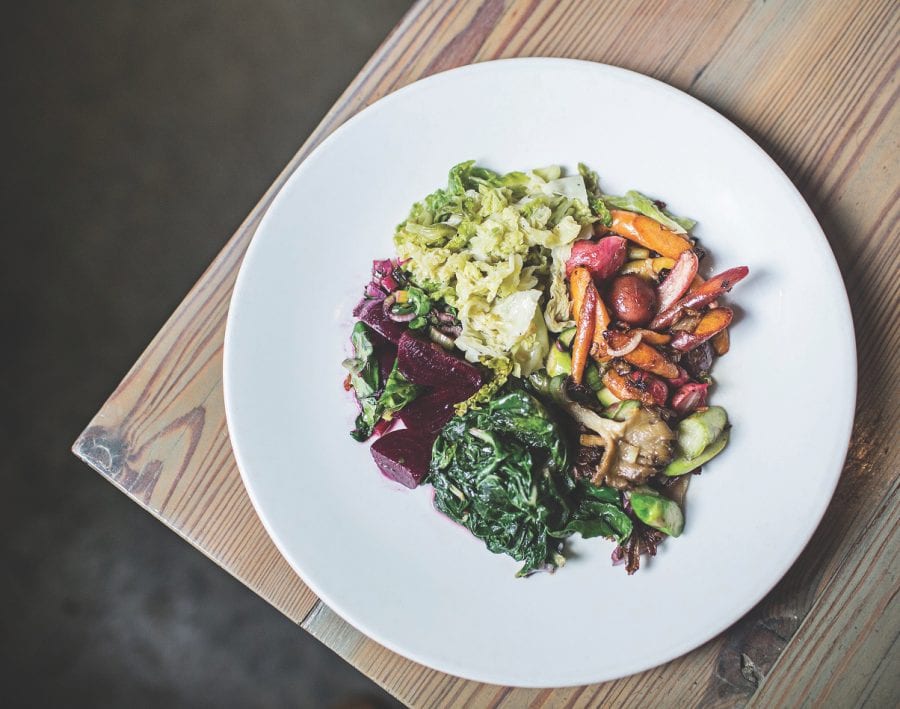
Your Dekalb Farmers Market | Decatur, Georgia
Growing up, my parents often struggled to find the ingredients they needed to make Puerto Rican food. On special occasions, we’d make the journey to My Dekalb Farmer’s Market where we found plantains, culantro, yucca, sofrito, and just about everything else we needed. I was also introduced to ingredients that exposed me to the diversity of immigrant communities in the Atlanta area.
Elizabeth’s | New Orleans
Bloody marys with all kinds of pickles, perfect fried catfish, and the kind of vibe that makes you want to stay there all day. Just pure Southern homey-ness with no frills.
BLVD Bistro | Harlem, New York
Harlem was my first home in New York, and I was overjoyed to find fluffy biscuits and perfect cheese grits at humble places like BLVD. This is a testament to the migration of Southern folks to the far north.
Buford Highway | Atlanta
Peru, Ethiopia, Mexico, Korea, and everywhere in between, this stretch of highway is one of my favorite multi-cultural strip malls, representing Southern immigrant communities now for decades.
Waffle House | Pan-Southern
There are few things I crave as much as cheese eggs and raisin toast (with apple butter) from “WaHo.” Gristly, greasy hamburgers; hashbrowns scattered, smothered, and covered; and waffles that are delicate and fluffy. More importantly, this is where my friends and I hung out as teenagers, smoking cigarettes, drinking tankards of iced tea, and planning our escape from the South.
Soul Vegetarian | Atlanta
I was vegetarian in college, and this place was one of my havens, serving stick-to-your-ribs heavy food, just like the meaty Southern versions, with a distinctly African touch. This restaurant was one of the first places that helped me imagine how I might make Puerto Rican vegetarian as well.
Poco Loco | Woodford, Virginia
On a recent road trip, my partner and I were craving Mexican food. Yelp led us to this quirky spot off the interstate that had incredible food, including the iconic cheese dip of Southern Mexican restaurants. I poured it on everything.
Willa Jean | New Orleans
Kelly Fields’ charming restaurant has all the Southern delicacies (pimento cheese and po’ boys) you might want. But the day I visited, what called my attention was an incredibly healthful whole grain bowl brimming with farro, white beans, avocado, and a poached egg. It’s an excellent example of how diverse and adaptable Southern food can be.
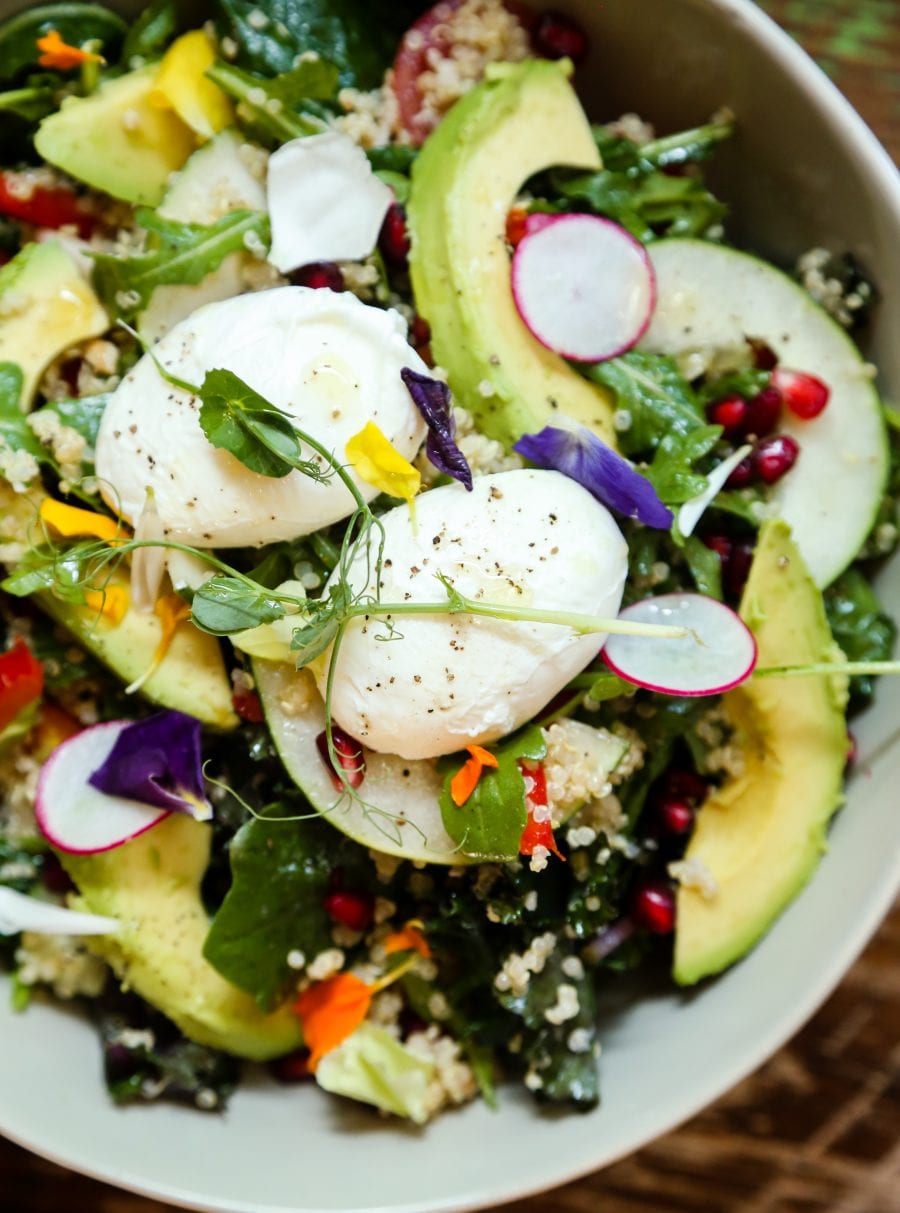
Martin’s Restaurant | Montgomery, Alabama
Red checkered vinyl tablecloths, baskets of cornbread with butter pats; this spot is classic. But what’s truly endearing is the warmth and care the clients show towards the staff, and a homey feeling I always associate with the South (no matter where I am).
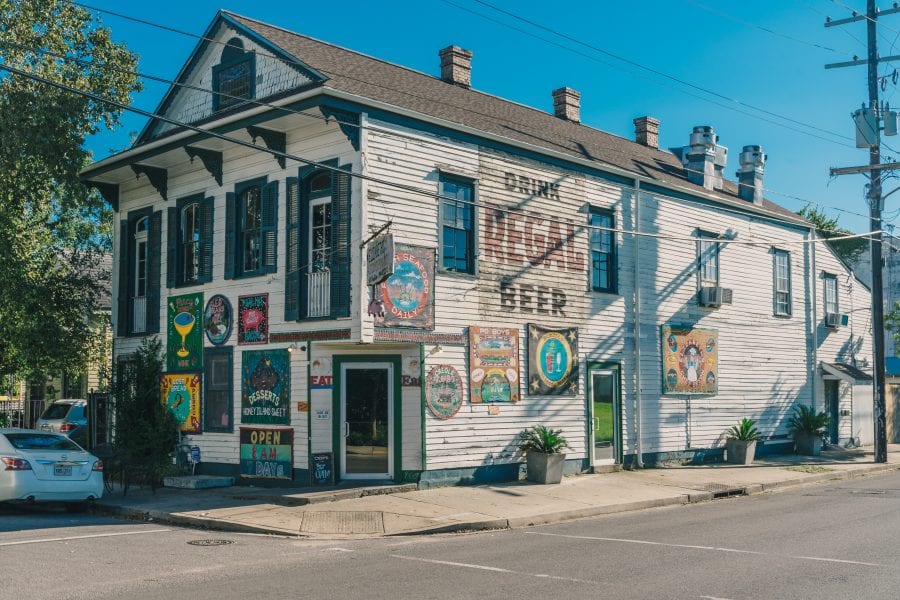
share
trending content
-
Recap: TLP x Charleston Wine + Food
by TLP Editors -
Exploring Mississippi: A Quintessential Southern Experience
-
Recipes From Our Summer Issue
by TLP Editors -
Elevate Your AWESOME with an Alpharetta Music Getaway
by TLP's Partners -
9 Noteworthy Tennessee Restaurants | Listen
by Margaret Littman
More From In the Field
-
From Pop-Up To Brick-and-Mortar | Listen
-
The Return of the Lynnhaven Oyster | Listen
-
What’s On the Horizon for 2024
-
Sorelle: La Dolce Vita in Vogue
-
Keya and Co. Turning Sadness into Sugar





